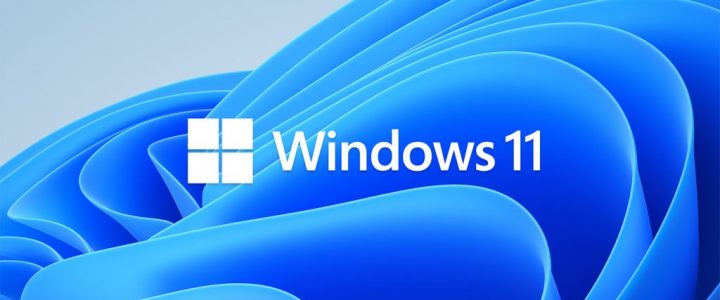Windows 11 is Coming
By Aysë Stenabaugh
It’s been almost 6 years since Microsoft released Windows 10. In what now appears to have been an effort to please users who were disgruntled with the OS’s release, Microsoft stated that Windows 10 would be the last OS they would release with two big updates: one in the spring and one in the fall. Microsoft claims that there is a need for Windows 11 since the pandemic has changed the way many of us have come to Work and socialize, read on to learn more about what you can expect from Windows 11.
There will be a slew of new features released in Windows 11 which appears to focus primarily on productivity. The User Interface has been redesigned and at a glance looks a whole lot like recent releases of Mac OS. Microsoft even went so far as to remove the traditional start menu all together instead opting for a centered task bar with a start button which once pressed reveals a grid of apps and recent files. You will continue to be able to pin apps to the start menu much like in Windows 10 however new features will allow users to group apps together. This combined with new ways to arrange or “snap” multiple open applications on your screen offer up new exciting ways to be more efficient. If you miss the Widgets that were a popular feature in Windows Vista, you may be happy to learn that Microsoft is not only integrating Widgets in Windows 11, they are also allowing third-party developers to create Widget content which means there will be a lot more options for end users. In an effort to compete more with other platforms Microsoft has even announced that Android apps found in the Amazon Appstore will also be supported on the new OS
Users with an activated copy of Windows 10 will be eligible for a free upgrade to Windows 11, just like users of Windows 7 and 8 were able to upgrade to With Windows 10 previously without having to pay for a new Windows license. Users can continue to remain on Windows 10 so long as support for Windows 10 continues which is expected until at least 2025. There is one big issue we have already found with the free upgrade being offered; processor support is severely limited in comparison with Windows 10. When comparing CPU support with that of the to be released Windows 11 we were disappointed to find a total of just 29 pages of supported processors as opposed to 68 pages for the latest version of Windows 10 (21H1). This could be in part due to the fact that Windows 11 will not support any single-core CPU’s which Windows 10 did. Even still, many CPU’s that meet the dual-core requirement for Windows 11 are excluded from the supported hardware list.
If do wish to upgrade and you find your PC meets the minimum system requirements (all of which can be found on Microsoft’s website) you can either join the Windows Insider Program to gain early access to Windows 11 or you can wait until you receive the notice to upgrade your device which will be rolled out automatically over a period of time to qualifying devices. New PC’s are expected to release with Windows 11 pre-installed later this year. This means if you would like to continue using Windows 10 and are looking to purchase a new computer, you should consider looking soon. Eventually we expect that it will become difficult to purchase a new PC with Windows 10 pre-installed. Of course, with ANY new software there will be limited support and kinks to work out. If you are a business user or if you rely heavily on your device, we recommend hanging on to your existing device rather than upgrading or replacing your computer right away. It will take some time for manufacturers to release drivers for hardware that are compatible with Windows 11, this is especially common with printers and scanners.
If you would like to find out if your computer will be compatible with Windows 11, find yourself looking for a new computer or require computer support or service consider reaching out to us by visiting our contact us page.
